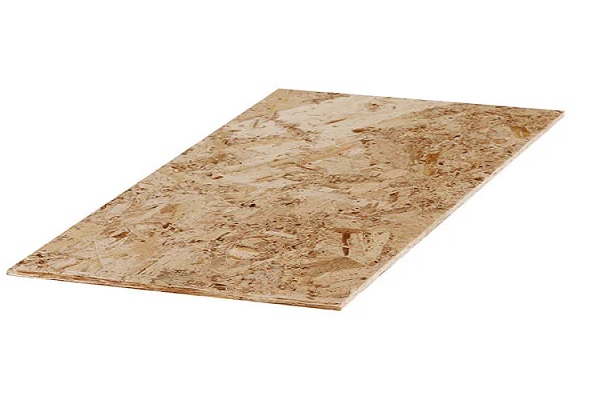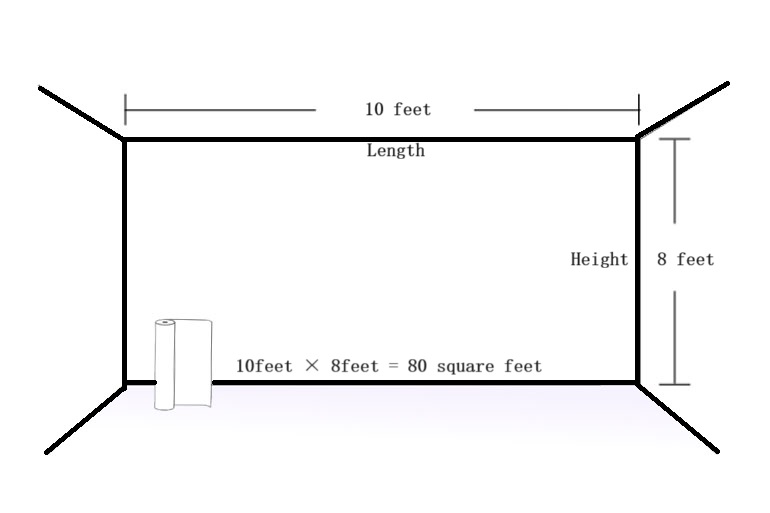Plywood Weight: A Guide for Different Thicknesses and Grades
Plywood Weight Plywood, an engineered wood used for various applications, comes in different thicknesses and types. One crucial aspect to […]
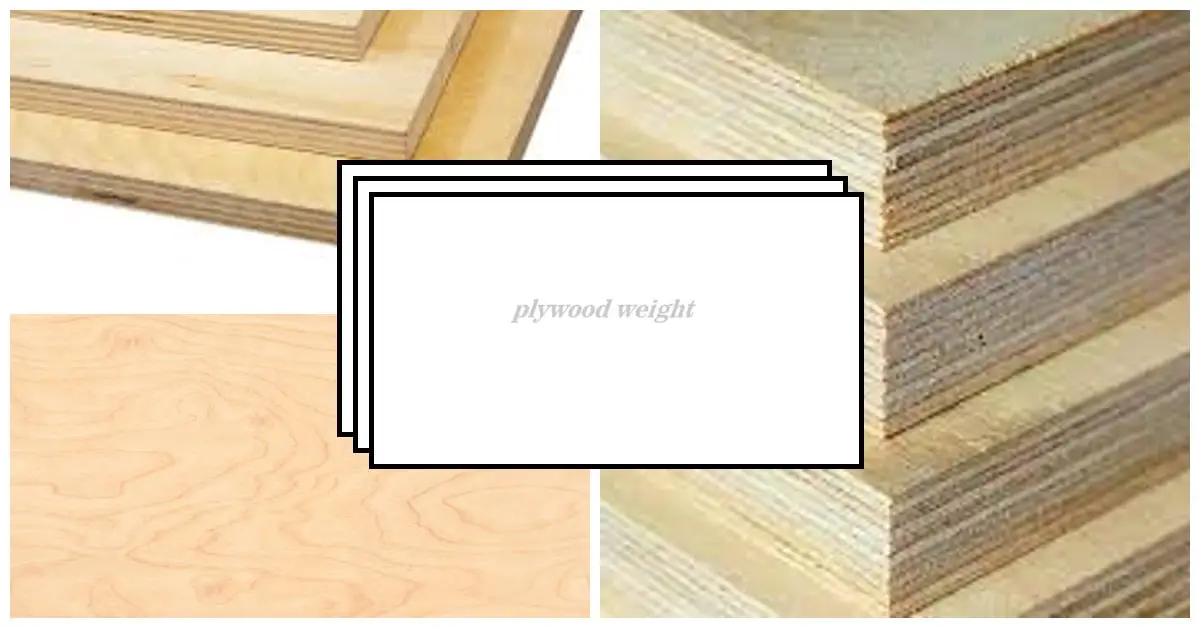
Plywood Weight

Plywood, an engineered wood used for various applications, comes in different thicknesses and types. One crucial aspect to consider when working with plywood is its weight. In this article, I’ll share insights into the factors that influence plywood weight and provide practical tips for accurate weight calculations.
Factors Affecting Plywood Weight
Understanding the factors that contribute to plywood weight is essential for both DIY enthusiasts and professionals alike. Here are some key determinants:
1. Type of Wood
Different types of wood are used to manufacture plywood, including softwood and hardwood. Each type has its own density and weight characteristics. Softwood plywood, derived from coniferous trees like pine and cedar, is generally lighter compared to hardwood plywood sourced from deciduous trees like oak and maple.
2. Thickness
The thickness of plywood varies significantly, ranging from a fraction of an inch to several inches. Thicker plywood generally weighs more than thinner sheets due to the added material. However, thicker plywood also offers increased strength and durability, making it suitable for specific applications requiring robust construction.
3. Adhesive Used
The adhesive or glue used in plywood manufacturing can impact its weight. Some adhesives may add negligible weight, while others can contribute significantly to the overall weight of the sheet. Common types of adhesives used in plywood production include phenol formaldehyde (PF), urea formaldehyde (UF), and melamine formaldehyde (MF). These adhesives not only bind the wood layers together but also influence the structural integrity and weight of the final product.
Understanding Standard Plywood Dimensions
Before diving into specific weight calculations, it’s helpful to familiarize ourselves with standard plywood dimensions. The most common size is the 4-ft x 8-ft sheet, widely used in construction and woodworking projects. Understanding the dimensions allows for better planning and estimation of material requirements.
1. Standard 4-ft x 8-ft Plywood Sheet
- Thickness: 3/4″ (0.75 inches)
- Average Weight: Approximately 61 pounds
- Range: Some sheets can weigh over 80 pounds, depending on factors such as wood type and adhesive used.
3/4 plywood weight
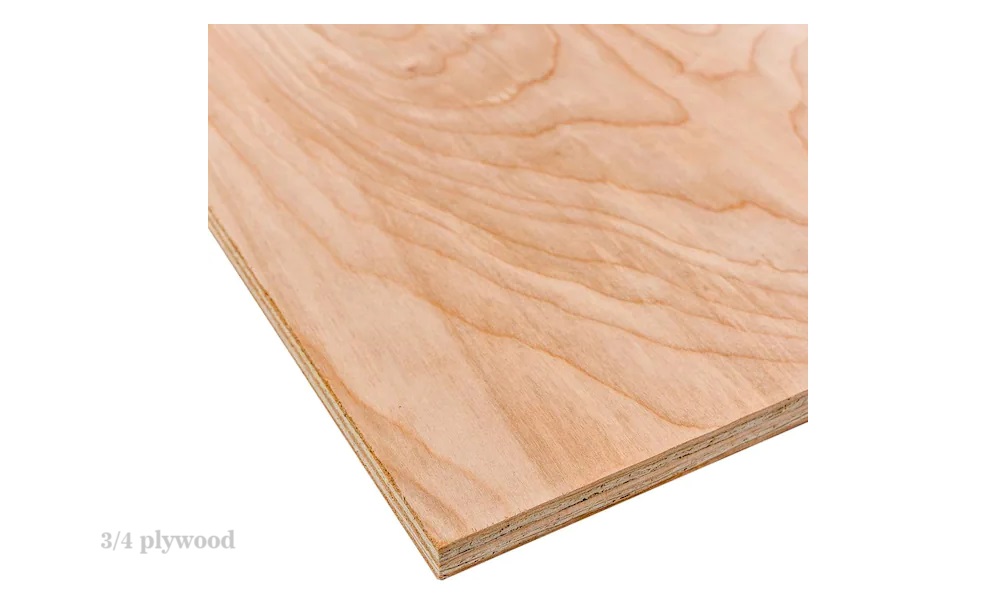
I typically use 3/4-inch plywood quite often, and its weight can definitely sneak up on you if you’re not careful. You’d be surprised how much the type of wood and the number of plies can affect the weight of a seemingly identical sheet. Now, for a standard 4×8 sheet of softwood plywood, like the pine I usually work with, expect it to be around 61 pounds. But remember, that’s just an average. I’ve definitely hoisted some heavier ones that tipped the scale over 80 pounds, so always double-check the specific product before you underestimate it!
2. Metric 2440mm by 1220mm Plywood Sheet
Metric plywood sheets are prevalent in regions following the metric system. Here’s an overview of weight variations based on thickness:
- 6mm Thickness: Around 3 kg (for softwood plywood)
- 38mm Thickness: Approximately 72.5 kg (for pressure-treated plywood)
1/2″ plywood weight
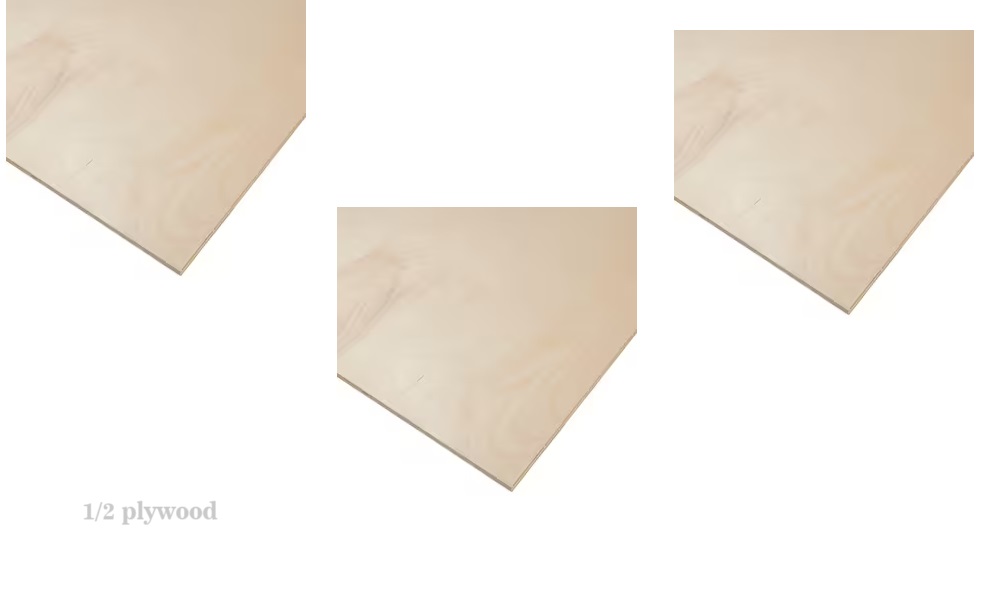
I’ve learned that 1/2-inch plywood, despite its seemingly standard size, can be a weight chameleon. Its final heft depends on several sneaky factors, so let’s peel back the layers and unveil the truth behind its weight variations.
- The Wood Whisperer: First up, the type of wood itself plays a role. Softwood options like pine tend to be lighter, typically weighing around 40.5 pounds for a 4×8 sheet. Conversely, hardwood varieties like birch pack a bit more punch, tipping the scales closer to 45 pounds for the same size.
- Ply Count: Next comes the number of plies, those thin layers glued together to form the plywood’s body. More plies generally translate to more weight. However, this isn’t always a straightforward rule, as some manufacturers may adjust the thickness of each ply to achieve the desired thickness with varying ply counts.
- The Marine Marvel: Marine plywood, designed for moisture resistance, is a special case. Its unique composition, often incorporating water-resistant adhesives and sometimes even different wood types, makes it surprisingly lighter. A standard 4×8 sheet typically weighs around 27 pounds, making it a good choice for projects where weight is a concern.
Weight Capacity: Knowing Your Limits
Now, let’s talk about what this plywood can actually hold. Its weight capacity depends heavily on how it’s supported:
- Edge Support: If you rest the plywood solely on its edges, it can handle up to 35 pounds per square foot. Imagine a shelf supported only by its front and back edges.
- Underneath Support: When supported underneath, like a floor resting on beams, its capacity jumps to a much more substantial 100 pounds per square foot.
These are just general guidelines. When planning your project, always consult the specific product information for accurate weight and weight capacity details. Don’t let the “standard” size fool you – always double-check to ensure your plywood can handle the intended load and avoid any structural surprises down the line.
Calculating Plywood Weight: A Step-by-Step Guide
Now, let’s explore how to calculate the weight of plywood accurately. Follow these steps for precise estimations:
1. Volume Calculation
Begin by determining the volume of the plywood sheet by multiplying its length, width, and thickness. This step provides the total space occupied by the plywood, essential for further calculations.
2. Density Consideration
Next, factor in the density of the plywood, which varies based on factors like wood type and adhesive used. Density determines how much mass is present in a given volume of plywood, influencing its overall weight.
3. Weight Calculation
Multiply the volume by the density to obtain the approximate weight of the plywood sheet. This final step provides a reliable estimation of the plywood’s weight, aiding in project planning and material selection.
Example Calculation
Let’s consider a standard 4×8 foot piece of plywood that is 0.5 inches thick:
Volume Calculation:
- Length: 48 inches
- Width: 96 inches
- Thickness: 0.5 inches
- Volume: 48 × 96 × 0.5 = 2304 cubic inches
Density Assumption:
- Average density: 0.025 lbs/in³
Weight Calculation:
- Weight = Volume × Density
- Weight = 2304 × 0.025 = 57.6 lbs
Conclusion
Understanding plywood weight is crucial for planning and executing various woodworking and construction projects. By considering factors such as wood type, thickness, and adhesive used, you can make informed decisions and ensure optimal outcomes in your endeavors.
For precise weight information tailored to your specific needs, consult manufacturers or suppliers who can provide detailed specifications and recommendations based on your project requirements.
FAQs
Does plywood weight vary based on its application?
Yes, plywood weight can vary depending on the intended application. For instance, plywood used in structural applications may be thicker and heavier compared to plywood used in furniture making.
How does moisture affect plywood weight?
Moisture can significantly impact plywood weight. Wet or damp plywood tends to be heavier than dry plywood due to water absorption, which increases its overall density.
Are there lightweight alternatives to standard plywood?
Yes, there are lightweight plywood options available in the market, such as plywood with hollow core designs or those made from composite materials. These alternatives offer reduced weight without compromising strength.
What role does plywood thickness play in its weight?
Plywood thickness directly influences its weight. Thicker plywood sheets contain more material and, therefore, weigh more compared to thinner sheets of the same dimensions.
Can I estimate plywood weight without precise calculations?
While precise calculations provide accurate results, you can make rough estimations based on standard dimensions and average densities. However, for critical applications, it’s advisable to consult manufacturers or suppliers for precise weight information.
